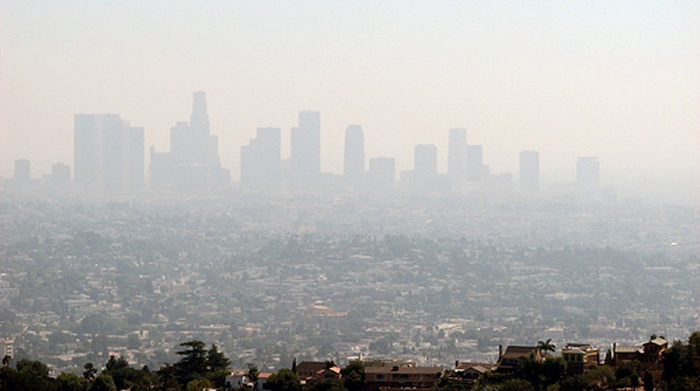How the EPA Smog Pollution Plan Will Impact Electric Utilities

Image courtesy of Metro Library and Archive courtesy of Flickr under creative commons license, resized to 700 x 391 pixels.
Reducing smog pollution is currently one of the top priorities for the Environmental Protection Agency (EPA). So much so that the Biden Administration introduced a new interstate smog-reduction plan in March 2022 that could directly lead to the incremental retirement of 18 GW of coal-fired generation capacity by 2030.
How the EPA’s Smog Pollution Plan Will Impact Electric Utilities
The EPA’s plan, issued under the “good neighbor” provision of the Clean Air Act, is not yet finalized as of the time of this writing – comments on the plan are due 6/6/22.
The plan seeks to reduce nitrogen oxide (NOx) emissions in 26 states by nearly 30% by 2026. NOx pollution is generated by vehicles, power plants and industrial facilities. In the hot summer months, NOx emissions react with organic compounds and sunlight to create smog pollution. According to EPA calculations, the reduced 2026 levels will prevent 1,000 deaths per year.
To comply, utilities will need to deploy selective catalytic reduction (SCR) technology on their coal-fired plants, find another way to comply, or retire their plants. SCR technology seems most promising, as it has been installed on nearly every coal plant built since the 1990’s and can achieve a NOx removal efficiency of up to 90%.
For their part, the potentially impacted electric utilities have downplayed the proposed plan because they were planning on retiring the applicable coal plants anyway. Coal plant operators have announced plans to retire just over half of the existing coal capacity that lacks SCR technology by 2030. For example:
- The largest operator of “non-SCR” coal-fired plants, Berkshire Hathaway Energy, plans to retire 16 of its coal plants by 2030, and its remaining 14 coal plants by 2050.
- NRG Energy, the second-largest “non-SCR” coal plant operator plans to retire 3 affected coal plants prior to 2030.
- Xcel Energy, the third-largest “non-SCR” coal plant operator,” plans to retire 5 coal plants by 2027, and its remaining coal plants by 2034, which the company expects will cut smog pollution emissions by 80%.
Time will tell how these efforts to reduce smog pollution will impact reliability. It’s going to be difficult to replace all the coal-fired capacity with renewable energy sources, so I would anticipate that reliability will indeed take a hit, at least in the short term. Hopefully I’m wrong, but we shall see.



